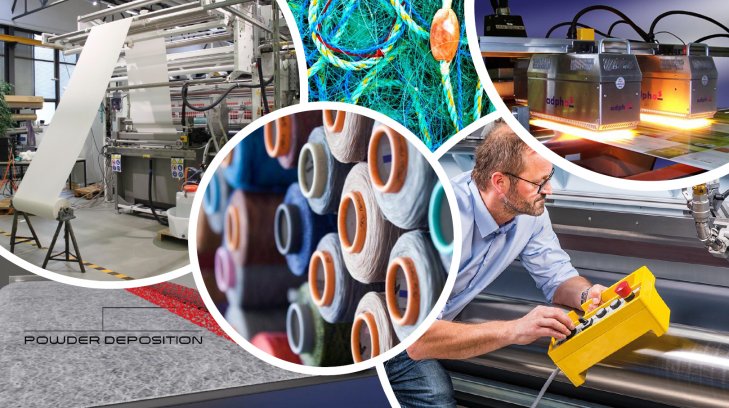
Groundbreaking for first French biorecycling plant
Lack of external pressure, education and funding are all inhibiting change in the sector – investors are the key to facilitating transition, says Planet Tracker.

28th October 2021
Innovation in Textiles
|
London
With the largest environmental impact in the textiles, apparel and clothing supply chain, wet processors have the opportunity to make simple, practical improvements to bring not only environmental benefits but significant financial benefits, too according to the latest report from Planet Tracker.
Produced by the financial think tank in collaboration with the Apparel Impact Institute (Aii), it finds that a one-off investment in processes that lower the environmental footprint of wet processing facilities could not only produce an annual water saving of 11.5% and an average greenhouse gas reduction (GhG) of 10.8%, but also provide an average annual cost saving of US$369,500, with an average payback period of just 13.8 months.
What’s more, these changes are often simple to implement. Practices such as installing meters, reusing cooling water and wastewater, maintaining steam traps and improving insulation can produce significant savings in water and energy use, and drastically reduce GhG emissions while resulting in financial savings.
These savings are significant, amounting to industry cost savings of $6.1 billion annually – with a present-day value exceeding $25 billion, based on a ten-year payoff period and an average investment of $455,000 per wet processing facility.
But due to factors including a lack of access to knowledge, bank loans, understanding of the potential financial and environmental savings and insufficient pressure from both regulators and consumers, these changes have been slow to be implemented.
Now, though, with the introduction of corporate GhG accounting, companies are increasingly focused on reporting Scope 3 emissions that occur across their entire supply chain. This should incentivise companies to assist their suppliers in the transition to sustainability – but because suppliers often serve several companies, brands are reluctant to fund the transition cost on their own.
“This creates a huge opportunity for investors to facilitate a key environmental transition for wet processors through a range of funding mechanisms, as well as other parts of the textiles manufacturing chain such as garment manufacturers,” says Catherine Tubb, senior investment analyst at Planet Tracker and author of the report. “Impact investors are in a unique position to have an opportunity to invest directly into the wet processors themselves or into another vehicle that is directly investing.”
The report calls on investors to:
-Actively seek opportunities to directly invest in the supply chain of textiles producers, and take advantage of joint ventures or pooled debt to affect change.
-Continue to pressure brands to give transparency in the supply chain and to encourage them to invest in supply chain improvements.
-Seek partners such as Aii to help aid external investment opportunities.
It also calls on companies and brands in the textiles industry to:
-Issue ESG-labelled bonds to pass funding to wet processing companies – these could be sustainability linked bonds (SLBs) or other green, social, or sustainable (GSS) bonds.
-Cultivate long-term relationships with suppliers to enable them to get secured financing.
-Push for active and consistent environmental transparency from their own operations as well as those of their suppliers.

Business intelligence for the fibre, textiles and apparel industries: technologies, innovations, markets, investments, trade policy, sourcing, strategy...
Find out more